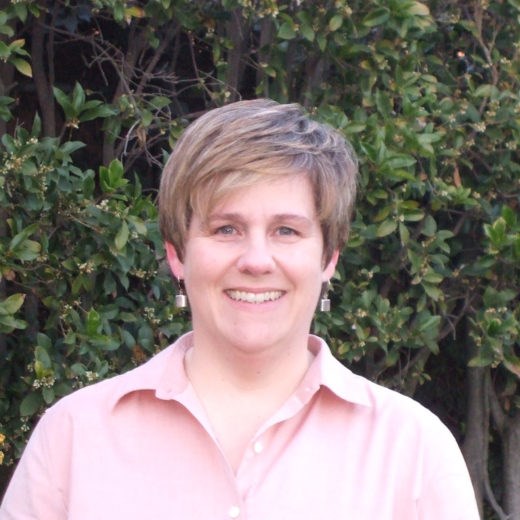Last updated: March 8, 2022
Article
Women in Landscape-Scale Conservation: Wendy Janssen

How did you get started working in landscape-scale conservation?
The Appalachian Trail Landscape Partnership was established by the National Park Service-Appalachian National Scenic Trail (APPA) and our cooperative management partner the Appalachian Trail Conservancy (ATC) in 2015. The National Park Service's Call to Action strategy for our Centennial was the catalyst to bring staff and partners together as co-convenors and advance a shared vision for the "Scaling Up" initiative. We made a conscious decision, with virtually all of the Appalachian Trail (AT) footpath on public and protected land, to turn our attention to the larger landscape and bring that to the forefront of our collective action, recognizing that the AT is the largest protected contiguous corridor east of the Mississippi River.What does the term connected conservation mean to you?
Simply and profoundly the quality of life.With each passing year we move closer to seeing the AT landscape as one system, not divided by state boundaries or local jurisdictions. We are broadening the scale of protection, connecting the cultural and natural resources to local communities, and creating a more inclusive partnership.

Tell us about a project that you have worked on that you are especially proud of.
I was privileged to be a member of the first cohort of the "Large Landscape Peer Learning Initiative" established by the International Land Conservation Network (ILCN) and a project of the Lincoln Institute of Land Policy. The mission of the ILCN is to "connect organizations and people around the world that are accelerating voluntary private and civic sector action to protect and steward land and resources." We had four teams as part of the first cohort - the ATLP, Golden Gate Biosphere Reserve (CA), Ruta de los Parques (Chile), and El Boldo to Cantillana (Chile). The teams first gathered in California, then Chile, and finally along the AT in New England. We shared knowledge about our regional and large landscape conservation networks and determined effective steps to build international partnerships during our time together in the Bay Area. Each team then developed case statements that were shared in Chile. That trip also included meeting members of the Chilean Ministry of the Environment and traveling to Patagonia and exploring the issues and geography of the Rutas de los Parques in detail. The final visit was to the AT in New England where each team presented case statements and discussed next steps for the professional exchange and their respective collaborative conservation initiatives. This international landscape conservation work will reap long-term benefits and was an incredible opportunity to work on an international scale in collaborative landscape conservation!We also just completed the ATLP's first Strategic Plan which is a great milestone for the partnership!
If you could collaborate with anyone or any organization who would it be?
Anywhere in the world where I can learn from others and share my knowledge and experience with them! It is important to me to always ask how what we learn can inform and galvanize our collective work. Work that is not only a possibility, but a responsibility.
